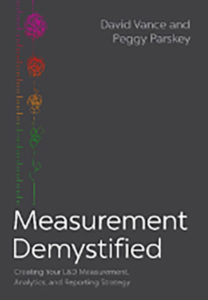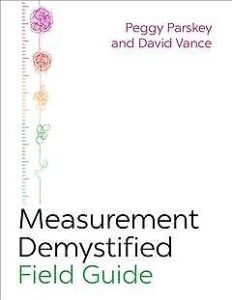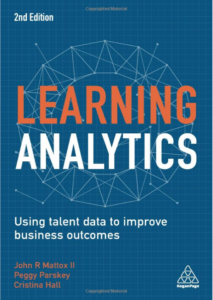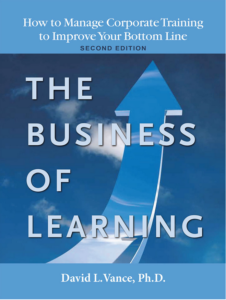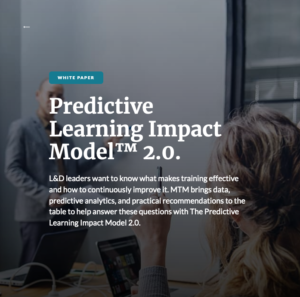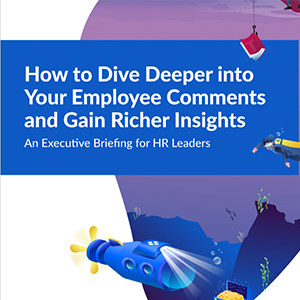Books & Useful Resources
Books and Resources by CTR Staff and Conference SponsorsSession PPTs and Recordings
Please see the PPT and Recordings Tab on the main navigation to access all of the Conference session presentations and recording files.
Articles and Blogs

Articles by Performitiv
Click here to read the many articles available from Performitiv
Insights from Explorance
Archived Webinars
- Do You Know Where Your Skills Are? Using 360 Assessments to Close Skill Gaps after the Great Reshuffle by Peggy Parskey
- Measurement Demystified: How to Grow Learning Measurement Capability
White Paper
- Do You Know Where Your Skills Are? A report for CHRO and Talent Leaders by Peggy Parskey
Books
Measurement Demystified
Written by the authors of Talent Development Reporting principles (TDRp), Measurement Demystified: Creating Your Measurement, Analytics, and Reporting Strategy breaks new ground with the thoroughly updated and revised TDRp framework for the measurement, reporting, and management of L&D. This integrated and holistic framework helps simplify the discussion of measurement, analytics, and reporting by providing a common language and easy-to-use structure, consisting of four broad reasons to measure, three categories of measures, and five types of reports—what is needed to create a measurement and reporting strategy.
While there are numerous books on evaluation, this title is the first to address all of the important reasons for measurement including to inform, monitor, and manage the learning function. The book also breaks new ground with its comprehensive discussion of reporting, including a framework to help practitioners identify the type of report best suited to a particular need. Readers will benefit from the taxonomy and definition of more than 120 measures as well as more than 180 tables and figures.
Measurement Demystified Field Guide
Measurement Demystified Field Guide: In an easy-to-use workbook style, the Field Guide provides nearly 100 skill-building exercises of varying types to help you uncover what measurement work your organization is doing; assess organizational maturity and gaps; understand how to apply specific concepts; and determine what’s right for your organization moving forward. It also offers interview questions to better understand users’ wants and needs; case study exercises to test your knowledge gaps; and reflection questions that focus on your deepening knowledge and skill. You can write your answers in the book or use the resource on ATD’s website.
Learning Analytics
Published 2020, Kogan Page
Effective evaluation and measurement of learning and development initiatives is critical to maximize the impact of training, identify gaps for improvement, and ensure that efforts are aligned to business needs. Learning Analytics outlines how analytical approaches can respond to these challenges, the types and benefits of technology solutions, and how to ask the right questions of organizational data in order to build a learning organization that boosts performance and competitive advantage.
Drawing upon case studies from organizations who have applied such approaches such as The Gap, Hilton Worldwide University, and Seagate Technology, Learning Analytics enables those learning and development professionals to make the business case for their activities and deliver an evidence-based service to their organizations. Alongside updated chapters on learning technology tools and moving beyond learning analytics to talent management analytics, this second edition also features new content on measuring informal learning, increasing data literacy, and framing L&D’s contributions through a portfolio evaluation approach.
The Business of Learning
Published 2017, Poudre River Press
Over $300 billion is spent annually on corporate learning, however is that money being spent wisely to improve individual performance and deliver on the highest priority goals of the organization?
Many company executives view learning and development (L&D) activities strictly as a necessary expense. Unless the learning is well aligned to the organization’s key goals, it can become an easy target for cutbacks. When managed well, L&D is an indispensable, strategic function having a significant impact on business objectives. Managed poorly, L&D may be viewed as a cost with questionable value and little connection to the organization’s goals or success.
The Business of Learning will provide you with the tools necessary to make learning a strategic and powerful contributor to your corporate success.

Titles from ROI Institute
Globally recognized ROI experts Jack and Patti Phillips have authored or coauthored more than 75 books related to program evaluation and business development.
Predictive Learning Impact Model™ 2.0
by Explorance
L&D leaders want to know what makes training effective and how to continuously improve it. Metrics That Matter™ brings data, predictive analytics, and practical recommendations to the table to help answer these questions with the Predictive Learning Impact Model 2.0.
White Papers
How to Dive Deeper Into Your Employee Comments and Gain Richer Insights
Every company is surrounded by an ocean of feedback from employees. Some of this feedback, like answers to survey questions, is straightforward to interpret. The rest, like freeform text or social media comments, is more challenging to analyze at scale.
This executive briefing gives HR leaders quick answer to three questions:
- Why do my employee’s text comments matter?
- How can I analyze text comments?
- How can I pick the best tool for my team?
This briefing provides a quick, clear guide to five different technologies available for processing text comments from employees. By picking the best technology, you can enable your HR team to dive deeper and find the treasure hidden in the vast ocean of employee comments.

